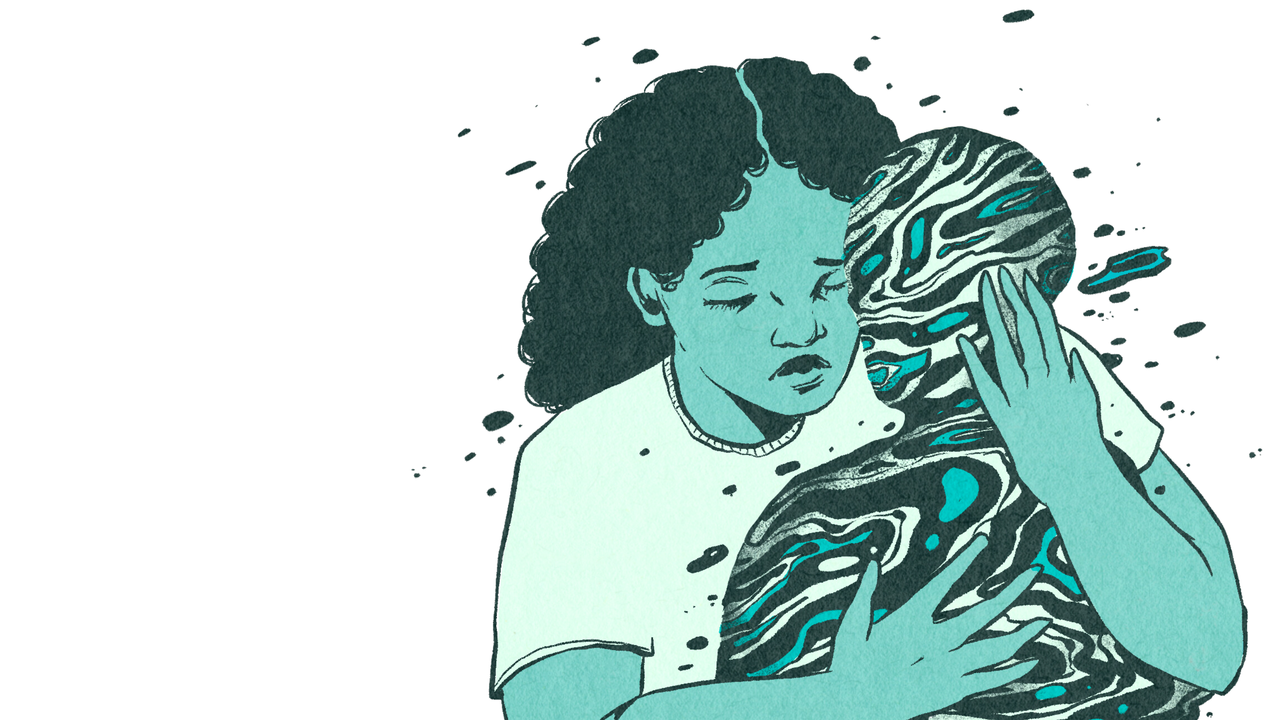
New test in the works to catch defective cancer drugs
A team of researchers is developing a new way to test a vital cancer drug that has been sold around the world in poor-quality, contaminated or ineffective forms.
In January, TBIJ revealed that at least a dozen brands of asparaginase, a key childhood cancer drug, have been proven to be poor quality and in some cases even harmful. These drugs had been shipped to more than 90 countries, putting an estimated 70,000 children – mostly in low- and middle-income countries – at risk.
Now, researchers led by Professor Marya Lieberman of the University of Notre Dame have made the drug a focus of their work developing devices that flag poor-quality medicines.
After being alerted to TBIJ’s findings in a special report co-published in the Pediatric Blood & Cancer journal, Lieberman spoke to Ronald Barr, a child cancer specialist and report co-author. “I saw how much what he had to say impacted the clinicians on the team,” she said. “They were like, ‘We have to add this drug to our list.’”
The devices being developed by her team, known as chemoPADs, aim to provide a quick, cheap way to catch defective drugs. At about $2 each they are affordable for doctors in low- and middle-income countries.
Having been field-tested in Ethiopia, the devices will soon be sent to three other African countries including Cameroon. Dr Paul Ndom, who has spent decades treating cancer patients in Cameroon, is concerned that some of the life-saving drugs being used in the country hospitals are not working the way they should.
One such drug often causes patients’ hair to fall out. But sometimes, he says, “when I give them the drug one, two times, the hair is still in place”. On other occasions, drugs known to induce vomiting have not even made his patient queasy.
The devices being developed by Lieberman’s team would flag the defective drugs worrying doctors like Ndom. Then the drug can be sent to labs for further testing which, depending on the results, could lead to regulators taking additional measures such as imposing a ban.
In the case of asparaginase, the process is complicated by the fact that the drug needs to be kept cool in transit. But one of Lieberman’s colleagues, Dr Matthew Champion, is developing a way to allow it to be transported at room temperature. “It would make it a lot easier to ship samples for analysis,” Lieberman explained.
In theory, this could be used to transport – and quality-check – an entire class of drug, known as biologics, that require constant refrigeration. Biologics are used to treat a number of conditions including cancer and can suffer from quality problems.
“[Biologics] are a big question mark for all the medical regulators right now in developing countries,” Lieberman said. “‘How the heck do we regulate these when we can’t analyse them?’”
The Bureau newsletter
Subscribe to the Bureau newsletter, and hear when our next story breaks.
Using her team’s devices in Ethiopia, one researcher found that more than half his samples of cisplatin (a drug used to treat various types of cancer) failed the test. Follow-up analysis showed that every sample was substandard.
“It will make a big difference,” said Ayenew Ashenef, the researcher. “Bad drugs will no longer be imported, will no longer be used by patients, once we identify them.”
Barr said Lieberman’s work offers “real hope”. But he added: “There remains a huge need to hold accountable drug regulatory agencies and other entities, including WHO, for the quality of the medicines which are approved for use.”
“We want to have a real impact on the problem,” Lieberman said. “Not just write papers about it.”
Reporter: Rosa Furneaux
Impact producer: Paul Eccles
Illustration: Evangeline Gallagher
Global health editor: Fiona Walker
Deputy editor: Chrissie Giles
Editor: Franz Wild
Production editor: Alex Hess
Fact checker: Emily Goddard
This article is part of our Global Health project, which has a number of funders including the Bill & Melinda Gates Foundation. None of our funders have any influence over the Bureau’s editorial decisions or output.
-
Area:
-
Subject:




